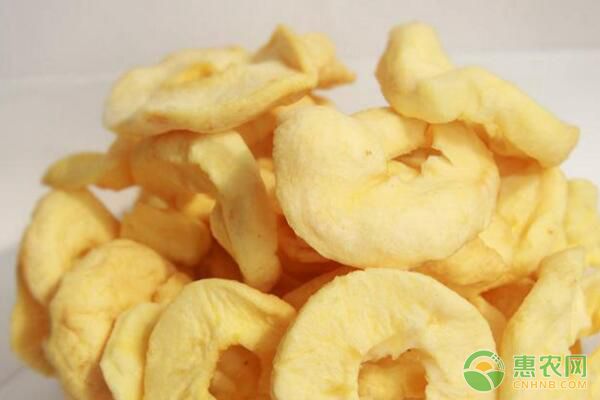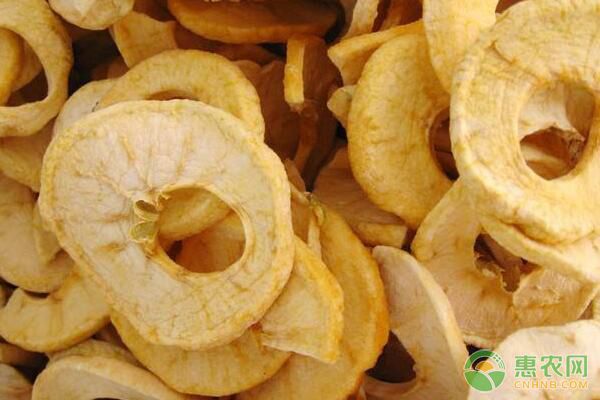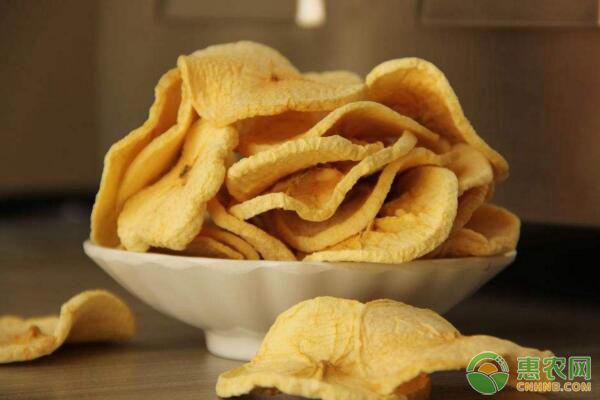Dehydrated apple dry raw and auxiliary materials requirements and processing procedures
Dehydrated apples are simply apple chips. After the apples are under vacuum or under negative pressure, the water in the apples is evaporated (the shape and color of the apples do not change) after being fried or otherwise. A product having a water content of about 5% is obtained. Dried apples are non-pigmented, preservative-free, and rich in fiber. They are pure natural snack foods. Today, Xiaobian talks about the requirements and processing procedures of raw and auxiliary materials for dehydrated apples, as follows.

First, the technical requirements of the main raw and auxiliary materials
1, Apple
(1) Varieties: Jinjin, cockscomb, ruby, Guoguang apple can be.
(2) Fruit diameter: The diameter of the fruit is not less than 60 mm.
(3) Quality: The fruit is fresh and full, good quality, more than eight mature, no mold, deformity, frostbite, pests and diseases and serious mechanical injuries.
2. Citric acid
It is white and dry and has a purity of over 90%.
3, sodium sulfite
White, dry and pure.

Second, the process
Raw materials → water washing → peeling → trimming → slicing → syrup soaking → string swinging → drying → film selection → resurgence → packaging → finished product storage.
Third, the process operation
1, raw material processing
The raw material is mechanically peeled, and then punched into a circular hole along the center of the core by a nuclear punching machine, and cut into 8 to 10 mm thick annular pieces along the transverse direction of the fruit by a microtome to take out the fruit core.
2, syrup soak
(1) Soak the apple slices in the syrup for 30 to 40 minutes.
(2) When immersing, the liquid level of the syrup should be 15-20 cm higher than the surface of the fruit.
(3) In order to prevent the fruit flakes from floating on the syrup, press the weight of the curtain on the fruit piece to ensure that the fruit pieces are completely immersed in the syrup.
(4) After the fruit pieces are soaked, they are evenly spread on the bamboo rafts to prepare for the drying room.
(5) syrup formula: water, citric acid, sodium sulfite is prepared in a ratio of 250kg, 0.15-0.3kg, 2.5-3.5kg.
3, dry
(1) Drying chamber temperature: 60 to 80 °C.
(2) Drying time: 5 to 10 hours.
(3) Dehumidification: Always drain moisture during the drying process.
(4) Precautions: Prevent the temperature from becoming unstable and fluctuating during the drying process.

4, selection
(1) Dried apples are manually selected and trimmed.
(2) Trimming: trimming the fruit pieces with residual seed nests, peels, mechanical scars, spots, pests and diseases.
(3) Selection: The undried tablets, paste pieces, chips, and dirty pieces in the fruit pieces are removed, and impurities are removed.
5, resurgence
After trimming, select qualified dehydrated apples, and then spray the water to regain moisture for more than 10 hours. After re-moisture, the moisture should not exceed 18%.
6, packaging
The dehydrated apples that have passed the test and inspection are packed into a composite packaging bag for packaging.
Fourth, the quality standards of finished products
1, color
Dehydrated apples are light yellow, yellowish white or cyan.
2, taste and smell
It has the flavor and odor of dehydrated apples, and it is sweet and sour, and has no peculiar smell.
3. Organization and form
The fruit pieces are annular; without mechanical injury, pests and spots; incomplete tablets are not more than 10%; broken pieces are not more than 2%.
4, moisture
Not more than 18%.
5, sulfur content
Not more than 0.1%.
6, the shelf life
No quality changes such as insects, mildew, and discoloration occurred within 6 months from the date of production.
For the wonderful pictures and hot comments about the dehydrated apple processing process, you may be interested in the following recommended contents. Welcome to read.
Zhuhai Mingke Electronics Technology Co., Ltd , https://www.mingke-tech.com